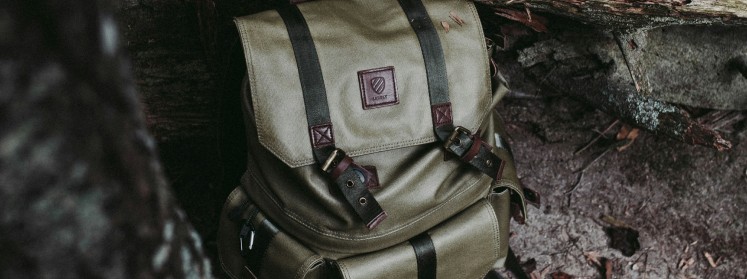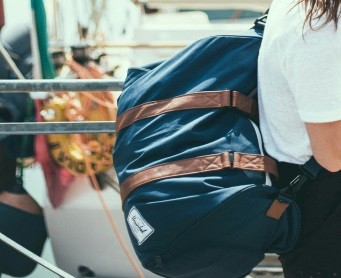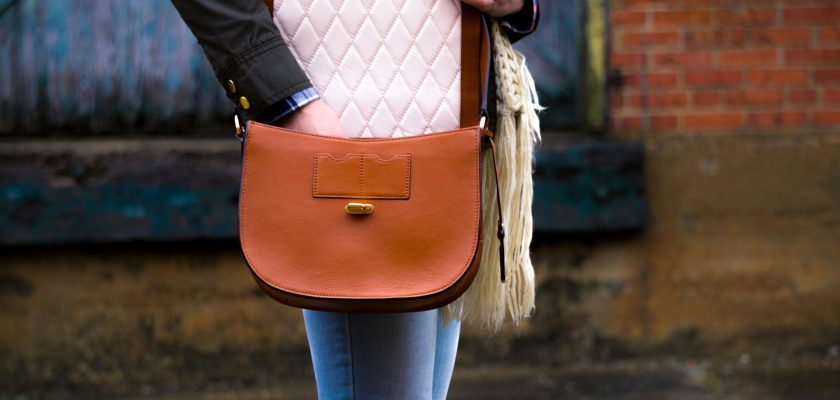If you’re new to bag making and are curious to learn more about different embellishments, bag webbing is a good place to start. In this guide, we explain what bag webbing is and explore ways you can incorporate it into your designs.
What Is Bag Webbing?
Bag webbing is thick woven material, supplied in reels or strips. It can be made from various materials including synthetic and organic fabrics. Most commonly, bag webbing is used to reinforce a bags structure or as a way of making handles and straps. Bag webbing can also be incorporated as part of a bags aesthetic design too.
You’re most likely to find bag webbing on heavy duty, functional bags like rucksacks and duffel bags.

Types of Bag Webbing
Nylon Webbing
Nylon webbing is known for its strength and ability to handle heavy loads. This makes it an excellent choice for heavy-duty bags like backpacks and travel bags.
Polyester Webbing
Similar to nylon, polyester webbing is also strong but offers additional benefits such as UV resistance. This makes polyester webbing ideal for outdoor bags as it resists fading from sunlight and maintains its shape well.
Cotton Webbing
For a softer and more natural feel, cotton webbing is often used in casual bags. Although it is not as strong as nylon or polyester, it provides a comfortable and classic look.
Elastic Webbing
Elastic webbing is unique because it stretches and then returns to its original shape. It is perfect for adjustable straps and bands, often found in sports bags and clothing.
The Difference Between Binding and Webbing
Binding and webbing both play important roles in bag making but have different functions. Binding is a type of fabric tape used to cover raw edges, creating a clean and finished look. Webbing, on the other hand, is a more robust material used for straps and handles, providing essential strength and support to the bag.
How to Choose the Right Bag Webbing
Consider the Purpose

When selecting webbing, think about what you need it for. For heavy-duty applications, nylon or polyester webbing is recommended. For casual or fashion-oriented bags, cotton webbing may be a better fit.
Check the Strength
Different types of webbing offer varying levels of strength. Ensure that the webbing you choose can support the weight and stress it will face, ensuring your bag remains durable.
Look at Width and Thickness
Webbing is available in various widths and thicknesses. Wider and thicker webbing provides more support and is suitable for heavier bags, while narrower and thinner webbing works well for lighter applications.
Think About Style
The style of the webbing also impacts the look of your bag. Choose a colour and texture that complements your design to enhance the overall appearance of your project.
Where to Find Bag Webbing
Bag webbing can be found online and in fabric stores and haberdasheries. Explore different types and colours to find the perfect webbing for your sewing projects.
Conclusion
Bag webbing might seem like a small detail, but it plays a crucial role in making your bag strong and stylish. Understanding the different types of webbing and how it differs from binding will help you create better bags.

